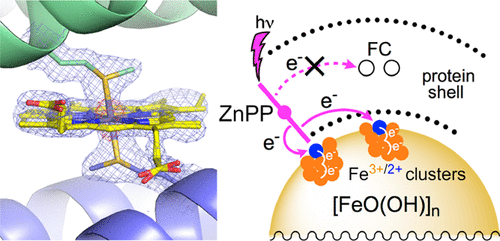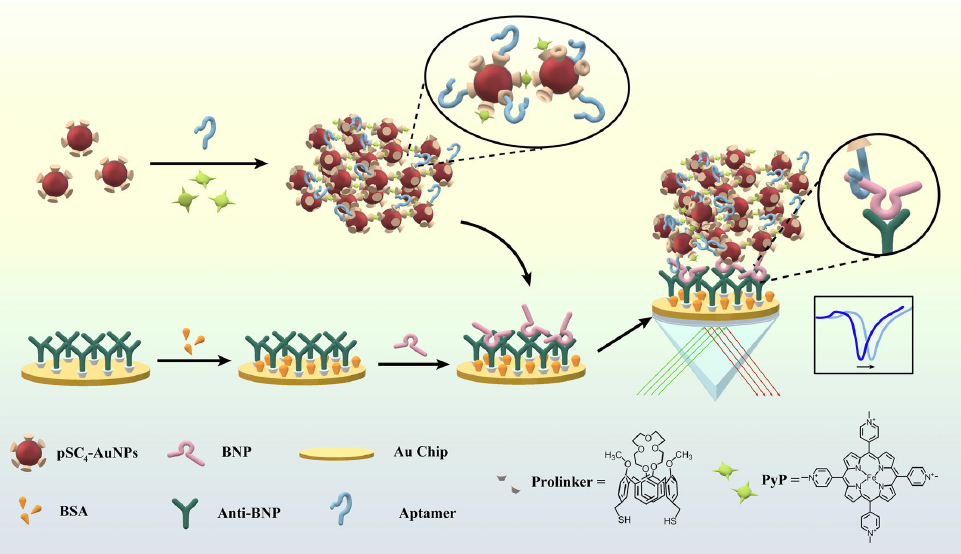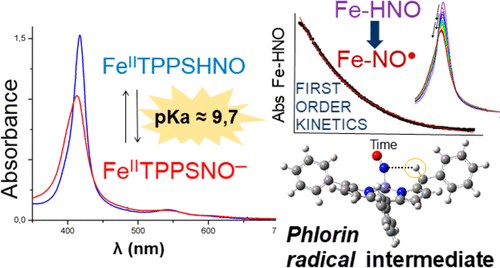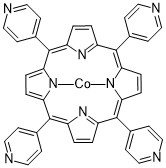Structure of a Zinc Porphyrin-Substituted Bacterioferritin and Photophysical Properties of Iron Reduction
Work from the Kurtz group at the University of Texas at San Antonio published in Biochemistry described the process by which Zn(II) protoporphyrin IX (ZnPP) complexes were generated and loaded with iron to determine both the photophysical and photochemical properties of the complex. The X-ray crystal structures obtained depicted a six-coordinate zinc in the ZnPP […]



